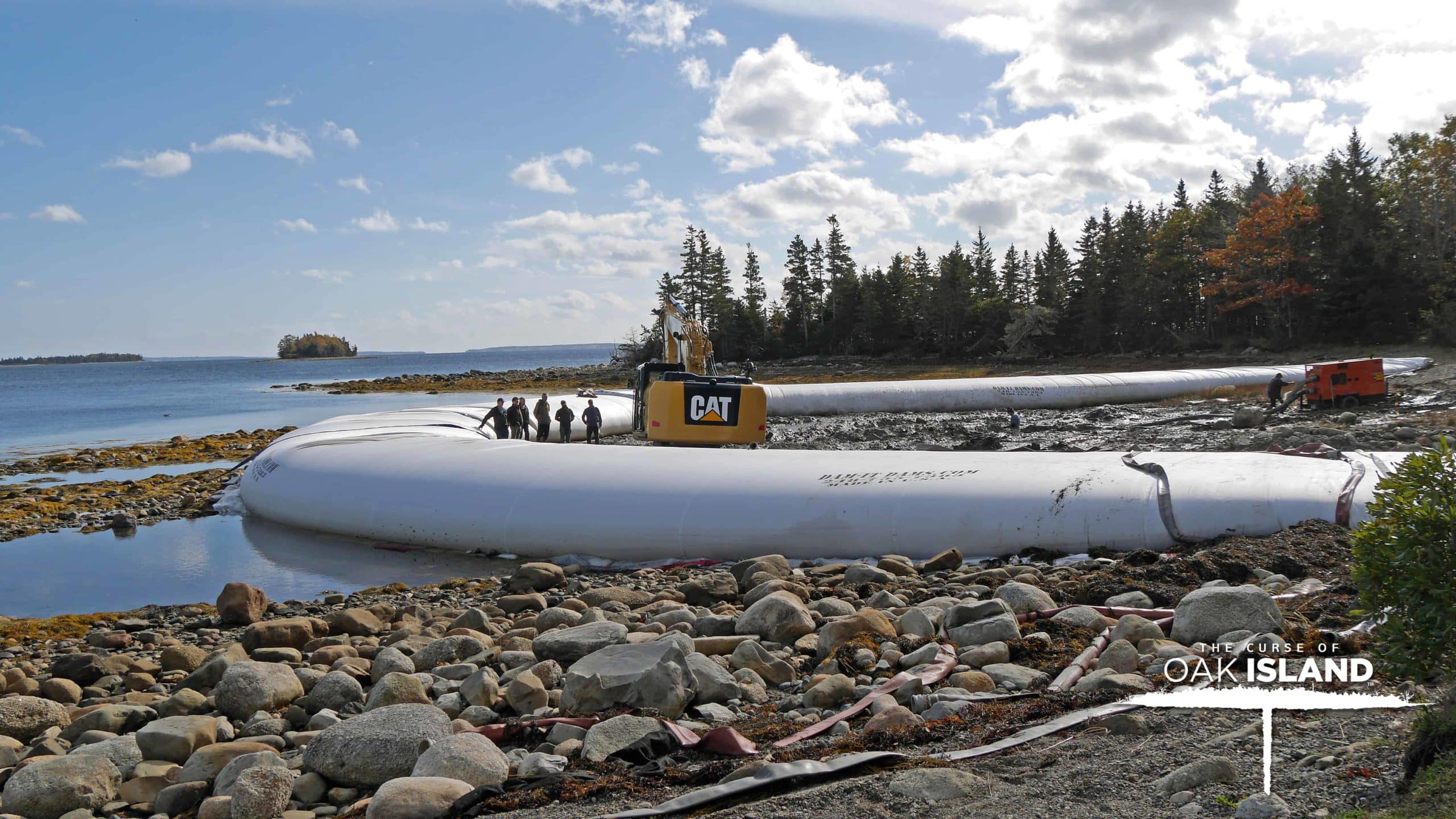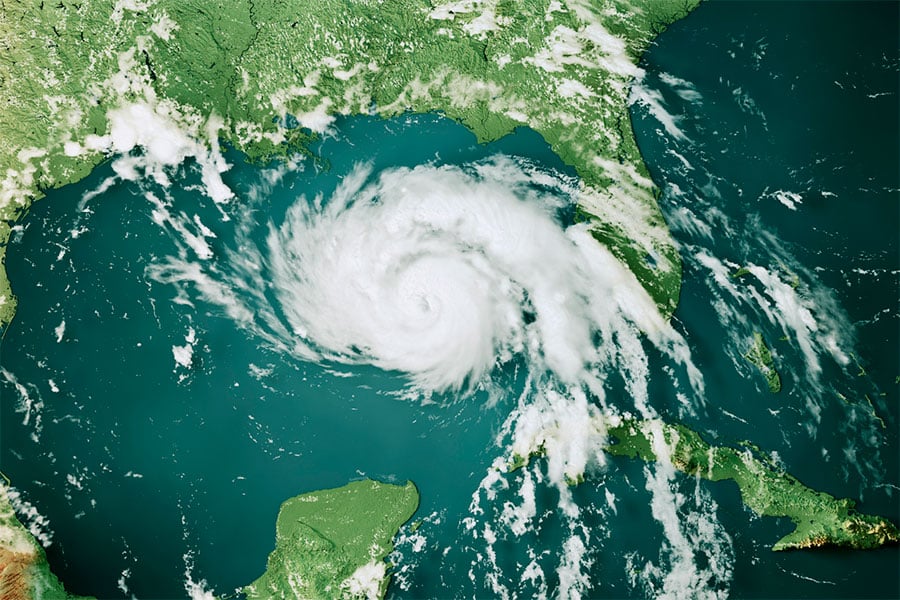Hurricane season comes with significant risks to property and infrastructure, with flooding being one of the most potent forces of nature that will destroy without remorse. Furthermore, hurricanes are becoming more prominent thanks to warm seas and shifting weather conditions. But you need ways to fight back. Read on to find several tips to help you combat and reduce flooding risks during this hurricane season.
Keep Yourself Informed
Information and knowledge are your greatest weapon when combating flooding during hurricane season. Plan to keep yourself informed on updates from your local news station and emergency broadcasts. A hurricane can shift direction without warning, and therefore, it’s essential to craft a plan. An emergency plan should include the following:
- Evacuation routes
- Extra non-perishable foods, water, and fuel
- A waterproof container for important documents
- Familiar meeting places for family members
Consider Flood Insurance
While it may be an expense that could never come to fruition, flood insurance exists to give you peace of mind. When losing everything is possible, having an insurance policy lets you replace the replaceable. Educate yourself by researching a wide range of flood insurance policies and find the one that is right for you and your budget.
Prepare Before The Flood
Sometimes, you can’t avoid the damage of an impending flood. So, what should you do ahead of time?
- Move mobile machinery and heavy equipment to higher elevations.
- Anchor down or move outdoor furniture inside or into storage units off-site.
- Shut off the electricity to save damage to outlets.
- Remove rugs to reduce the potential of mold and mildew buildup.
- Elevate heavy appliances like refrigerators or washing machines by placing them on cement blocks.
- Remove or elevate all electronics, like TVs, somewhere that floodwaters can’t reach.
- Lock all doors and install plywood to protect windows.
- Clean out all gutters and drains. If you have a basement, ensure proper drainage is installed and functional.
Consider A Temporary Cofferdam
Construction crews, business owners, and personal property owners can use temporary cofferdams. They inflate with water and create a temporary barrier to protect your property. Inflatable cofferdams are superior to traditional quick damming methods such as sandbags due to three essential factors:
- Environmentally Friendly: Inflatable cofferdams are made from a flexible geotextile material that does not leak harmful contaminants. Sandbags, conversely, are detrimental to the environment and can potentially damage the areas they protect.
- Speedy Setup And Takedown: Constructing an earthen barrier or sandbag wall can take days and massive crews, making it suboptimal in emergencies. Conversely, a small group can set up an inflatable cofferdam in just a few hours, giving you time to evacuate if needed.
- Temporary Measures: The best part of an inflatable cofferdam is its temporary nature. When the flooding is done, it can be taken down as quickly as they are set up. Portable cofferdams can then be stored for future use, meaning an inflatable cofferdam purchase can pay for itself several times over. Thus, once appropriately stored, a temporary cofferdam can be used every future hurricane season.
Learn More About Inflatable Cofferdams And Flooding Protection With Dam-It-Dams
Dam-It-Dams is your source for everything you need to protect your home from flooding. Call us at 810-695-1695 for a free consultation and to find out why an inflatable cofferdam is the flooding protection resource you need.


